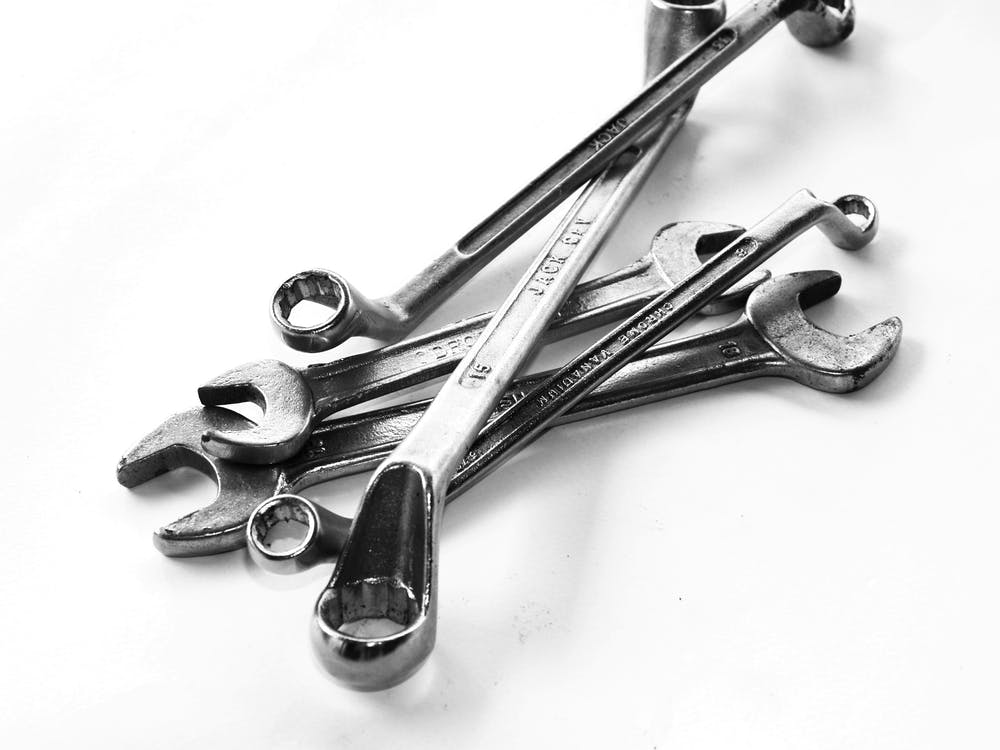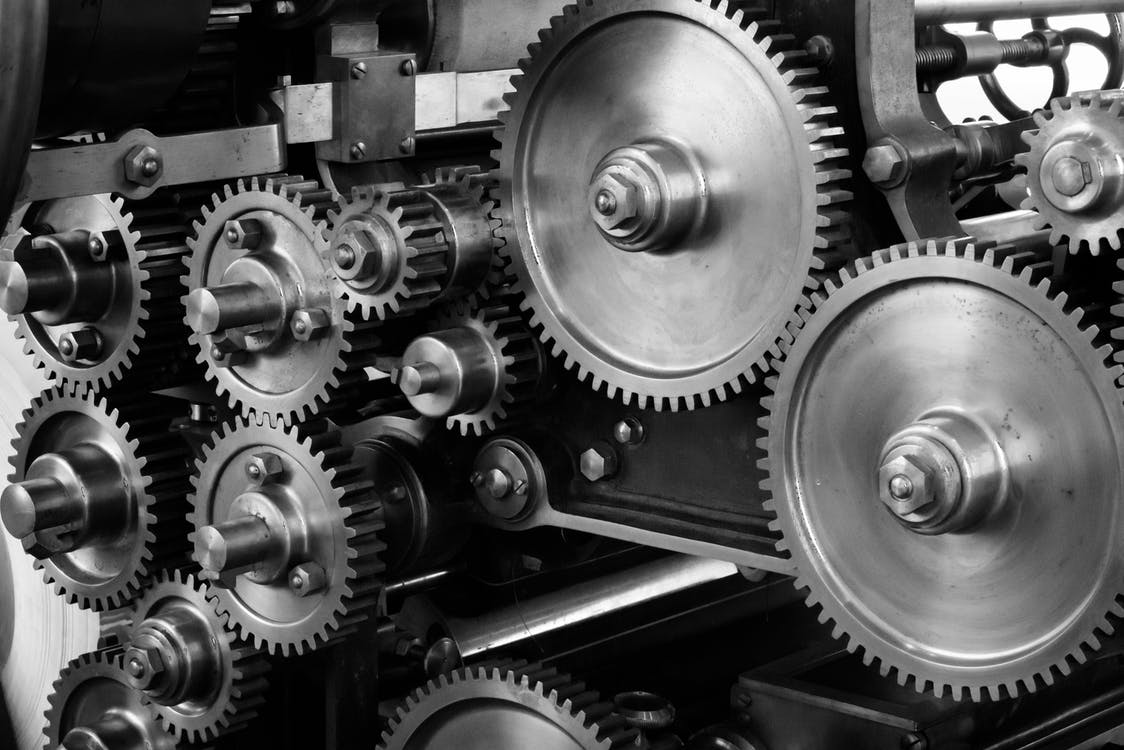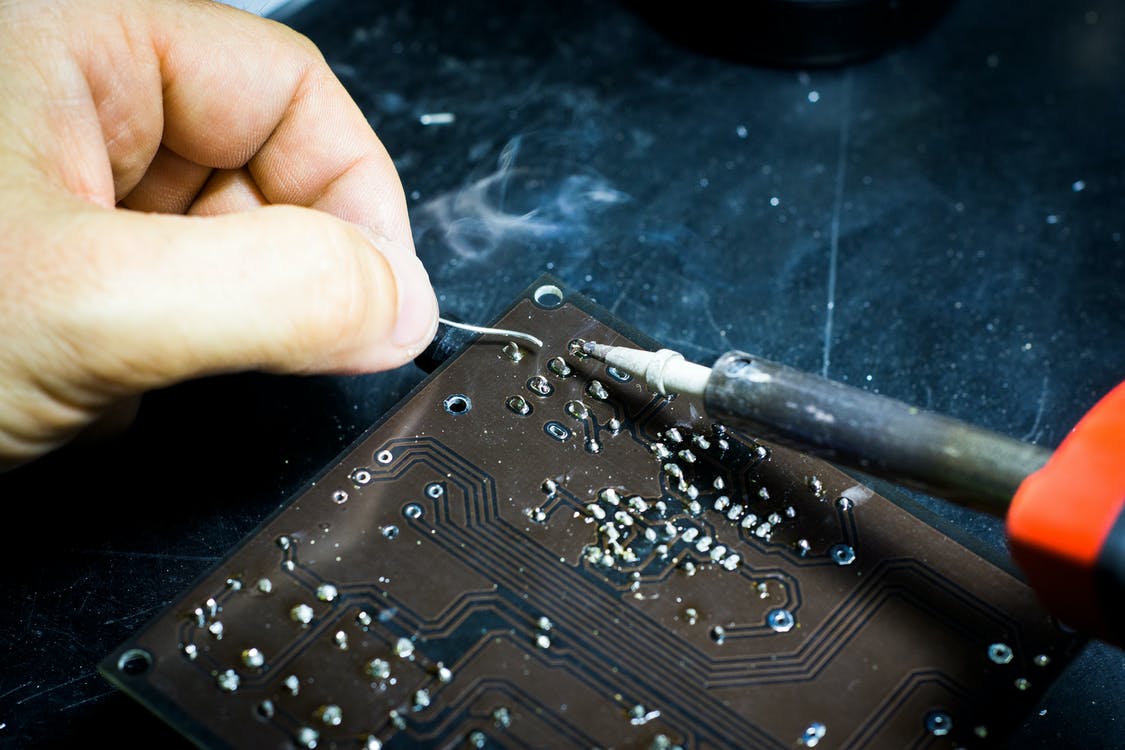Aug 07, 2020 by Mark Dingley
When it comes to maintaining the tools of our trade we can find ourselves at a crossroads of two competing maxims.
We could take the If It Ain’t Broke Don’t Fix It [Corrective] road; this is the common route taken by many businesses; here we simply drive our equipment as far as we possibly can until it breaks down, then we take it to a repair centre, or more often, the nearest scrapyard.
Our alternative path is to take A Stitch In Time Saves Nine [Preventative]; not as much a road as it is a purpose-built tollway; designed with convenient service stops at regular intervals to ensure our equipment is kept running safely, smoothly, and for longer.
At the risk of overstretching the metaphor, let’s kick the tyres on our two options.
Corrective Maintenance, or Fail & Fix in industry parlance, is the historically popular practice of simply waiting for a piece of equipment to breakdown before repairing or replacing it.
As global manufacturing and materials have become more competitive, generic equipment is more affordable and easily sourced than ever before, albeit this often comes with a trade-off on quality and built-in obsolescence. An abundance of cheap and accessible options has led many businesses to view equipment and machinery maintenance as unnecessary and costly.
While the Fail & Fix ‘maintenance cost-saving’ rationale may, arguably, make sense with certain cheap, or high wear and tear tools; it falls over as soon as we move to highly specialised or expensive equipment used in manufacturing; doubly so if these tools are essential to operations or production.
If a piece of core machinery suddenly and unexpectedly fails it can bring our entire plant to a standstill and the fixing costs can extend far beyond the repair labour and materials.
Waiting for our equipment to be repaired or replaced, production may have to slow or stop, causing deadlines to be missed, impacting our supply chain, and increasing the risk of losing customers.
However bad those lost productivity costs may seem, they pale into insignificance compared to when a poorly maintained machine fails and causes a workplace injury or environmental damage.
If we factor in business disruption and other risks the true cost of an unplanned machine malfunction is widely estimated as being up to 15 times that of Preventative Maintenance costs.

Preventative maintenance, or planned maintenance, is the best practice protocol of scheduling upkeep of equipment and machinery to ensure every tool needed to conduct our business is operating at peak efficiency, at all times, for its full lifespan.
Proper implementation requires a company-wide investment in setting up, supporting, and sticking to a Preventative Maintenance Program (PMP). Once in place, a good PMP becomes routine and significantly lowers the risk and expense of a workplace injury or unexpected downtime due to machinery malfunction.
By scheduling regular maintenance minor problems can be detected early before they becoming a major issue, for example: if equipment starts to wear, quality assurance may slip without detection, i.e. Barcodes, labels or product codes that are un-scannable or illegible; inspection equipment that allows contaminants through; poorly calibrated checkweighers.
Before long, any one of these issues could erode customer and consumer trust in your products and brand.
This risk can be mitigated by having a PMP. In-house this could be having your machine operators conduct a quick daily inspection, and cleaning, lubricating moving parts, or making minor adjustments.
A good PMP will also make provision for a standing booking with a qualified service technician to come service machinery onsite; most quality equipment and machinery suppliers will offer some level of ongoing technical and service support.
At Matthews we offer a comprehensive and affordable preventative maintenance program. Our highly skilled technicians conduct thorough periodic inspection and maintenance of your equipment, checking coding, labelling and where required, replacing worn consumable parts, cleaning, and advising on any areas of concern.
By adopting a Preventative Maintenance Program, such as that offered by Matthews, you ensure you get the most out of your equipment. Your machinery is working at peak efficiently, lowering your Total Cost of Ownership (TCO), and delivering a greater Return On Investment (ROI).


If you are committed to sustainability, workplace safety, and protecting your investments then the only viable path worth considering is Preventative Maintenance.
The days of Fail & Fix are numbered, the industry is turning to Prevent & Predict, with many modern machines integrating smart technologies designed to monitor equipment wear and tear and make preventative maintenance easier and more cost-effective than ever.
Matthews’ labelling and coding machines, for example, are fitted with sensors that can check the output quality and warn of any potential issues long before the machinery malfunctions, bringing production to a grinding halt.
Data-capture solutions, such as Matthews’ iDSnet software can also be integrated into the production line to monitor performance and provide greater visibility and accessibility to see, interpret and communicate exactly what’s happening on the factory floor.
Prevent & Predict technologies are helping manufacturers avoid equipment breakdowns and improve Overall Equipment Effectiveness (OEE) and efficiency.